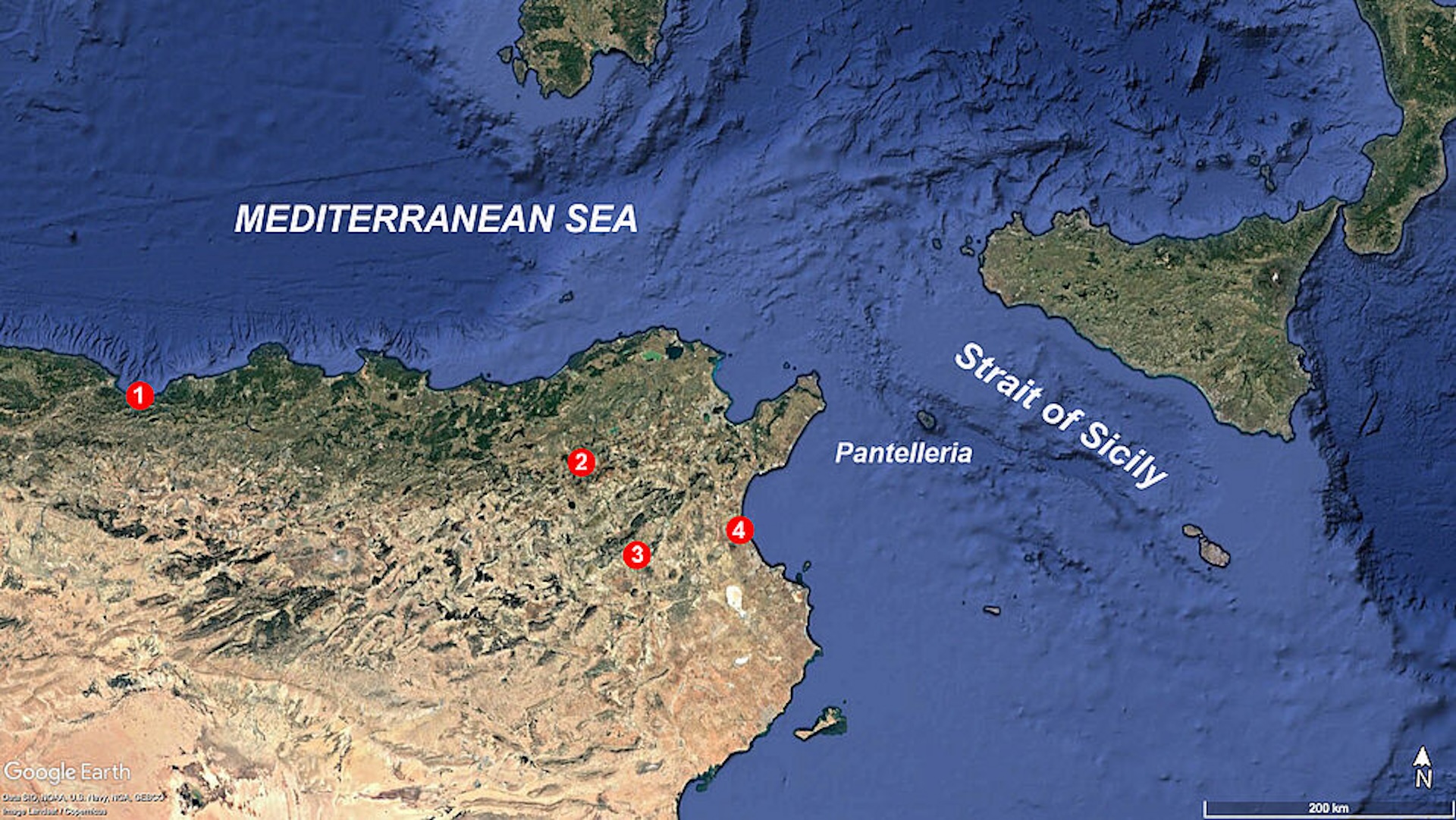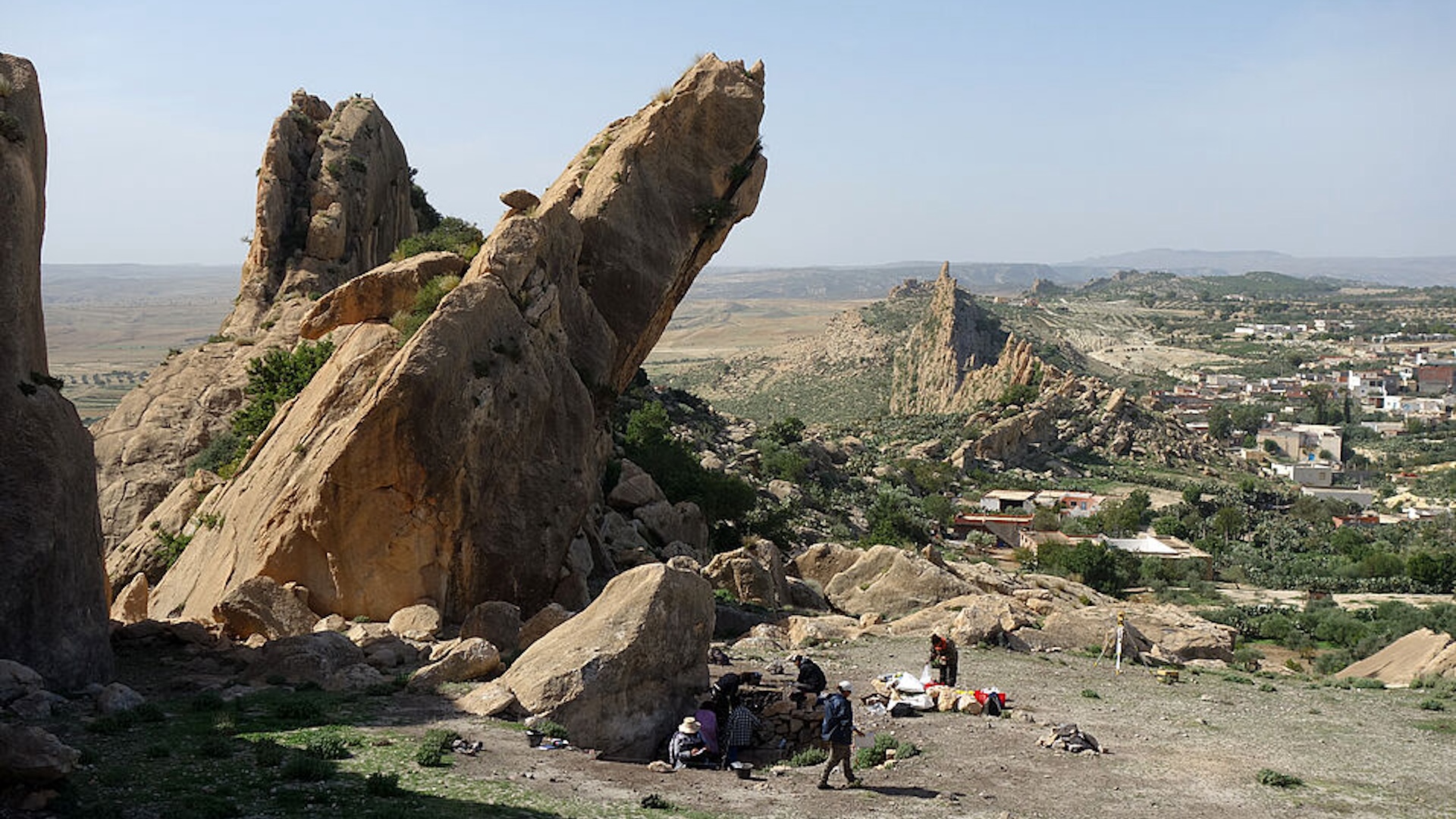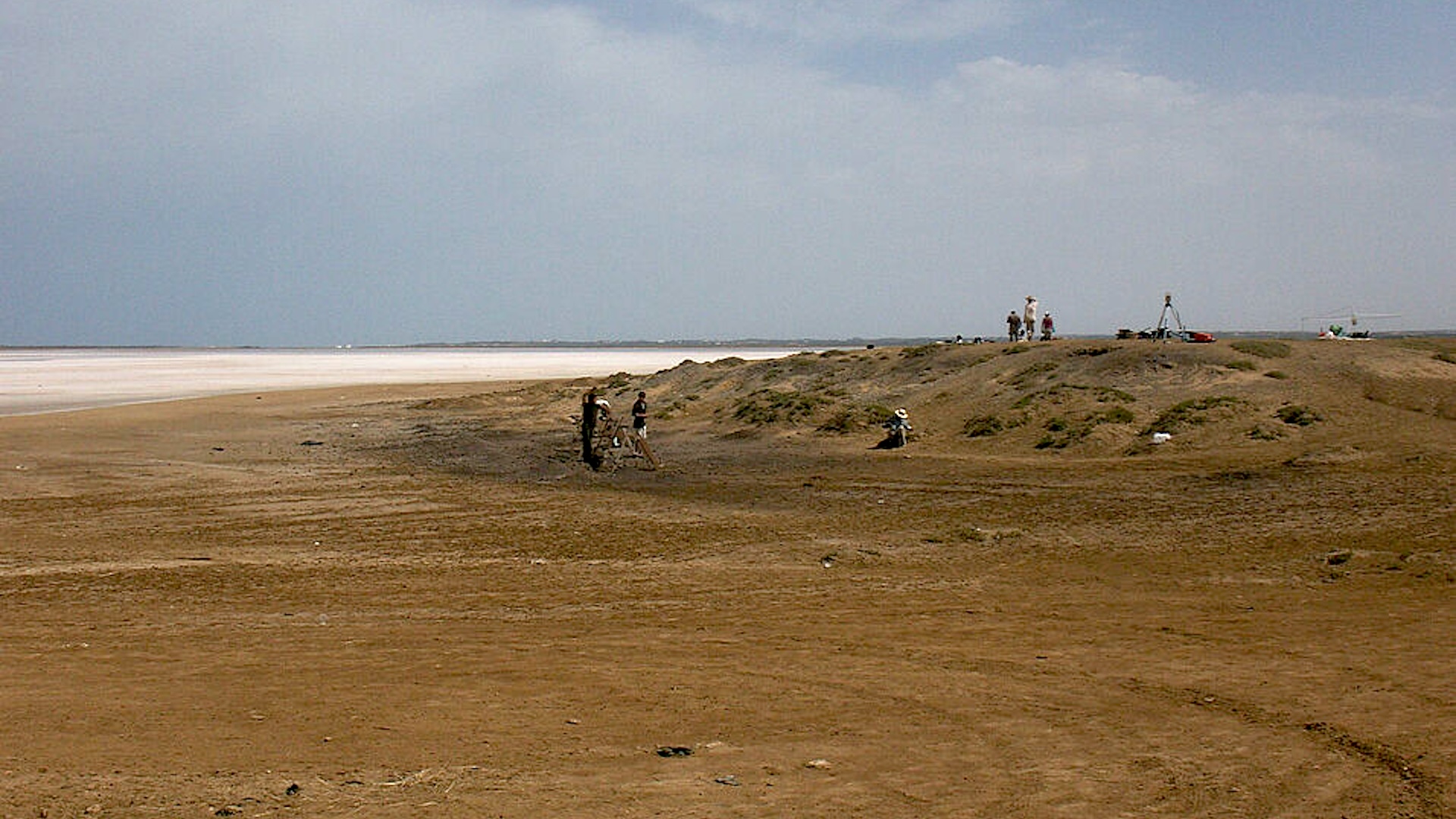Ancient hunter-gatherers from Europe may have voyaged across the Mediterranean to Northern Africa around 8,500 years ago, new research suggests.
Ancient DNA collected from the remains of Stone Age individuals from the eastern Maghreb region, which spans Tunisia and northeastern Algeria, revealed that they may have descended, in part, from European hunter-gatherers, according to a paper published March 12 in the journal Nature.
The remains of one of the ancient humans found at a Tunisia site named Djebba was found to have about 6% of his DNA originating from European hunter-gatherer ancestry. These results represent the first clear genetic evidence of contact between early European and North African populations, indicating that Stone Age European hunter-gatherers and North Africans may have interacted more than we initially thought.
“Several decades ago, some biological anthropologists proposed that European and North African hunter-gatherers had made contact, based on morphological analyses of skeletal traits,” study co-author Ron Pinhasi, an evolutionary anthropologist at the University of Vienna, said in a statement.
“At the time, this theory appeared overly speculative,” he added. “However, 30 years later, our new genomic data has validated these early hypotheses. This is really exciting.”
Related: 7,000-year-old canoes from Italy are the oldest ever found in the Mediterranean
The Stone Age began with the use of stone tools about 3 million years ago (before modern humans existed) and ended about 5,000 years ago in parts of North Africa and Europe with the rise of metal tools and early civilizations. During the Stone Age, humans in Europe and North Africa mostly lived as hunter-gatherers, gradually transitioning to farming and more complex societies during the Neolithic, or New Stone Age, which occurred between roughly 10,000 and 2,000 B.C.
Before now, archaeologists didn’t know much about the transition to farming in North Africa, with most genomic data coming from sites in the far western Maghreb (modern-day Morocco).
“There’s not been much of a North African story,” study co-author David Reich, a population geneticist at Harvard Medical School, told Nature News. “It was a huge hole.”
Previous research in the western Maghreb found that people in this area had high levels of European farmer ancestry — genetically distinct from hunter-gatherers — reaching up to 80% in some populations due to the movement of farmers via the Gibraltar Strait around 7,000 years ago.
The new study reveals that the eastern Maghreb people had comparatively little European farmer ancestry, instead remaining quite genetically isolated — with the surprising exception of some earlier European hunter-gatherer influences.
The archaeologists analyzed the DNA from bones and teeth of nine people who lived between 6,000 and 10,000 years ago in the eastern Maghreb. The DNA showed that one of the ancient humans, who lived about 8,500 years ago, shared about 6% of his DNA with European hunter-gatherers. This suggests that the hunter-gatherers may have boated across the Mediterranean, possibly aboard long wooden canoes.
Traces of volcanic glass or obsidian from Pantelleria, an island in the Strait of Sicily, was also found at one of the sites, indicating that these hunter-gatherers may have stopped off at several islands on their journey across the sea.
This DNA also revealed that there was very little European farmer ancestry in this region, only reaching around 20%. This suggests that the eastern Maghreb was very genetically and culturally resilient compared to the western Maghreb, which is supported by previous archaeological discoveries that farming was only fully adopted in the eastern Maghreb after about 1000 B.C.





